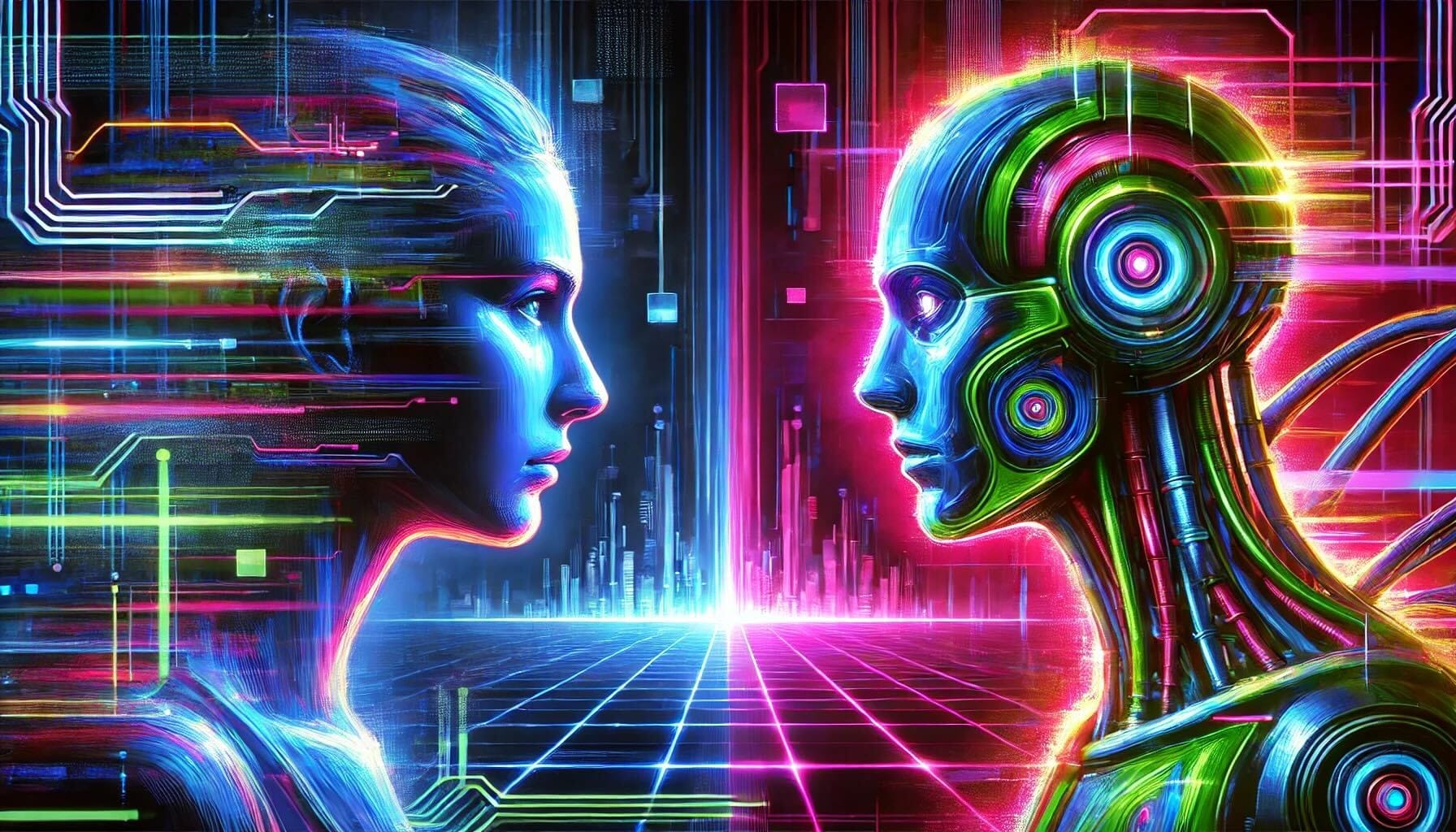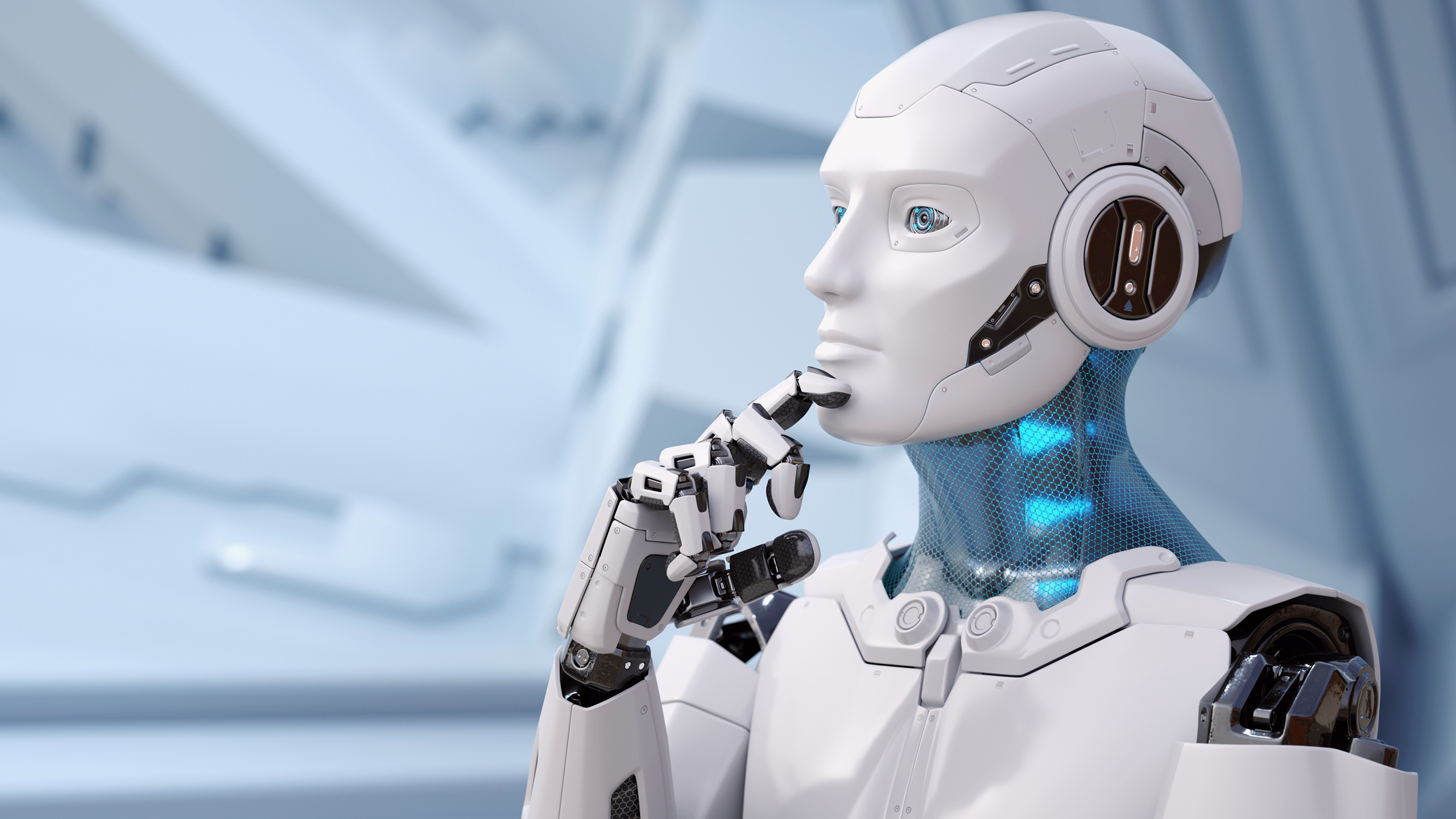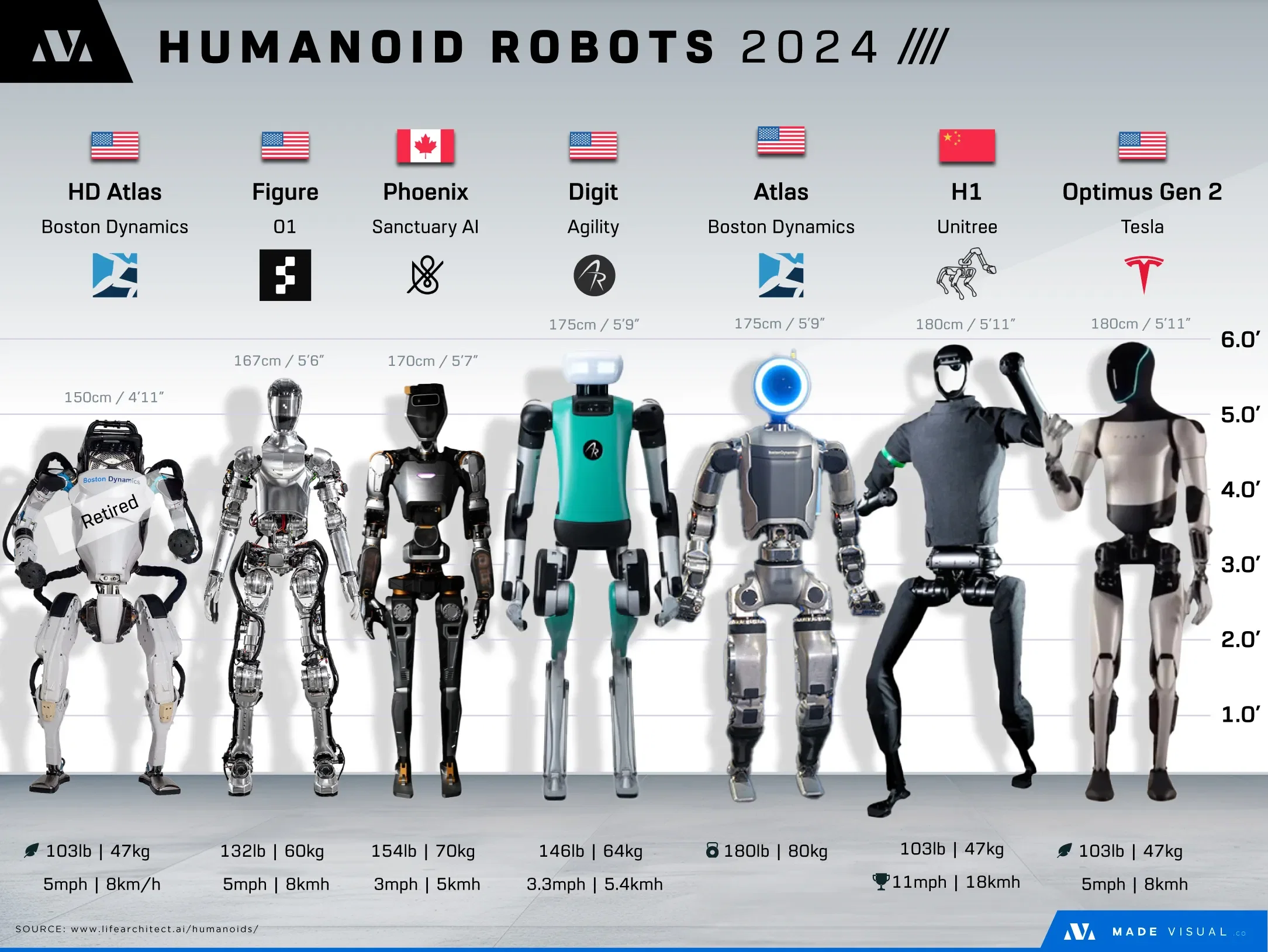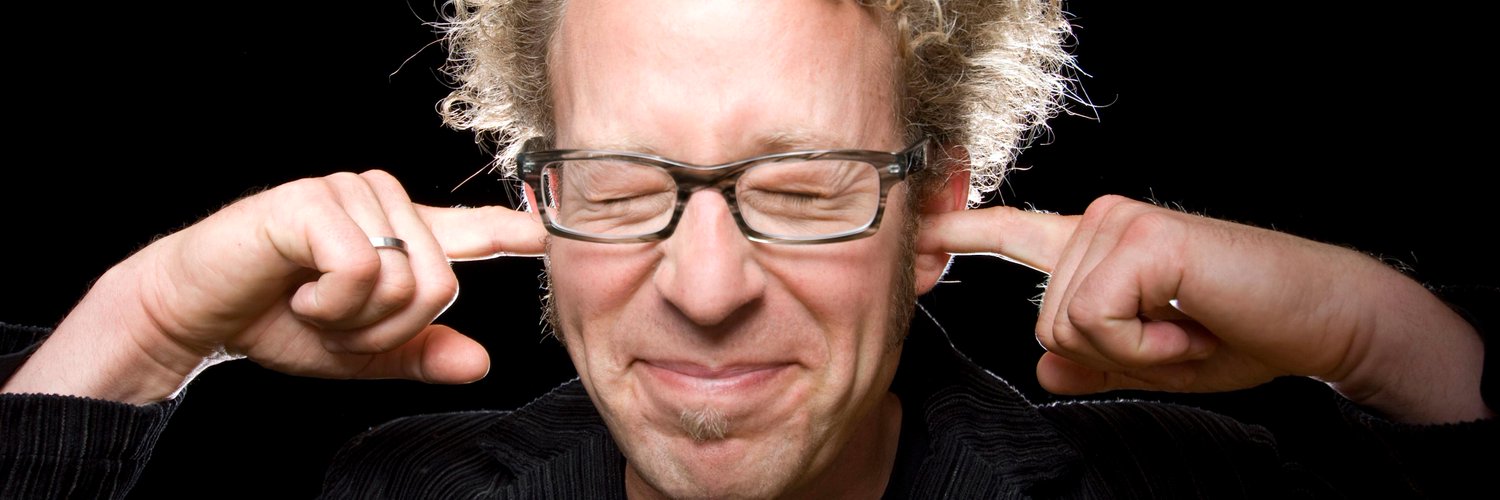It's obvious that humanoid robots will build and install an infinite number of solar farms and battery packs in ten years...
— @jason (@Jason) October 21, 2025
Which means all energy will be 90% cheaper...
And desalination of water is an energy-intensive process, so that will drop by 90%....
and food…
The passage predicts a near-future cascade of technological abundance:
Within ten years, humanoid robots will automate the construction of countless solar farms and battery packs, driving energy costs down by roughly 90%.
Cheaper energy will make desalination dramatically more affordable, reducing the cost of fresh water by 90%.
With abundant, cheap water and robotic labor, food production will also fall in cost by about 90%.
The result: humanity’s basic needs—energy, water, and food—will be virtually free.
The new global challenge won’t be scarcity but surplus leisure: people having far too much free time.
The Abundance Paradox: Can Robots Really Make Everything 90% Cheaper?
The idea is seductive: humanoid robots building endless solar farms, cheap energy driving cheap water, and abundant water yielding cheap food. A utopian chain reaction that ends with humanity’s basic needs virtually free—and our biggest problem being too much leisure. But can this vision realistically unfold across the world in the next decade? Let’s look at it from multiple angles.
1. Technological Feasibility: Not So Fast
Yes, robotics and renewable energy are advancing rapidly. Tesla’s Optimus bots or Agility Robotics’ Digit hint at scalable humanoid automation. Solar and battery costs have already dropped over 80% since 2010. However, scaling from “cheaper” to “near-free” energy is a leap. Manufacturing, logistics, maintenance, and raw material constraints remain. The rare minerals for batteries, for example, are concentrated in politically unstable regions. Even if robots build solar farms, they can’t automate geopolitics.
Moreover, humanoid robots are still in prototype stages. They can assemble or carry parts in controlled environments, but self-deploying fleets building entire energy grids autonomously—within ten years—would require a quantum leap in both AI autonomy and materials science.
2. Energy Economics: The 90% Fallacy
Even with massive automation, energy prices are not purely technological—they’re political, infrastructural, and financial. Taxes, transmission costs, land use, and storage inefficiencies keep prices above zero. Solar power’s intermittency means batteries or grid upgrades are essential, and these still require rare materials and complex logistics. So while we might see another 50–70% drop, 90% globally within a decade seems improbable.
3. Geographic and Political Limits
A key flaw in techno-utopian thinking is assuming that innovation spreads evenly. The world’s poorest regions often lack the infrastructure, governance, and stability to absorb advanced technology quickly. Africa and South Asia might benefit later, but large-scale solar robotization requires grid integration, land rights, and capital—all political hurdles. Meanwhile, conflict zones or authoritarian states might use such tech for control rather than abundance.
Even within developed countries, inequality in access persists. Who owns the robots and solar fields? If private corporations do, cheap energy won’t necessarily translate into cheap consumer prices—it may simply increase profit margins.
4. Water and Food: Physical Realities
Desalination is indeed energy-intensive, and cheap power could make it viable for more regions. Yet, desalination also produces brine waste harmful to marine ecosystems. Food production depends not just on energy and water but soil health, biodiversity, and distribution systems. Robots might help grow food cheaply, but equitable access to that food is a social, not technological, problem.
Moreover, agriculture is deeply cultural and local. Automation can supplement, but not fully replace, small-scale farming in regions where labor is abundant and technology adoption is slow.
5. Social Implications: The Leisure Dilemma
Even if abundance arrives, who benefits? Automation without redistribution can widen inequality—leading to idle billionaires and unemployed masses, not universal leisure. The “too much free time” problem assumes everyone has access to the gains of automation. In reality, societies without strong welfare systems or universal basic income could face mass displacement and unrest.
Furthermore, purpose and identity are tied to work in most cultures. A sudden shift to a leisure society would demand a moral and psychological revolution—rethinking education, income, and meaning itself.
6. Environmental and Ethical Constraints
Infinite solar farms and robots sound green, but their material footprint isn’t trivial. Solar panels, batteries, and robot components require mining, refining, and disposal. Without circular manufacturing systems, abundance could simply shift the burden from fossil fuels to mineral exploitation.
Ethically, the rise of self-replicating robots and AI-managed infrastructure raises governance questions: Who programs the bots? Who decides where they build, and for whom? Unchecked automation could lead to digital feudalism rather than liberation.
7. A More Realistic Path
Rather than 90% cost drops across all sectors, we might see selective abundance: localized breakthroughs where conditions align—like solar-rich regions achieving near-free energy, or automated farms revolutionizing deserts. But for global transformation, it’ll take decades, not ten years.
The best outcome would blend technology with policy:
-
Governments ensuring equitable energy access.
-
Ethical AI frameworks for autonomous infrastructure.
-
Education systems preparing people for post-labor societies.
Conclusion: From Utopia to Transition
The vision of robot-built abundance is inspiring—and partially inevitable—but unevenly distributed. Energy, water, and food may become dramatically cheaper, yet social, political, and environmental realities will shape how that abundance is shared.
The true challenge won’t just be “too much free time.” It will be how humanity chooses to use its newfound freedom—to build deeper meaning, fairer societies, and a sustainable planet rather than replicating inequality at scale.
प्रचुरता का विरोधाभास: क्या रोबोट सच में सब कुछ 90% सस्ता बना देंगे?
यह विचार बहुत आकर्षक है — ह्यूमनॉइड रोबोट अनगिनत सोलर फ़ार्म बनाएँगे, सस्ती ऊर्जा से सस्ता पानी बनेगा, और सस्ते पानी से सस्ता भोजन पैदा होगा। एक ऐसी श्रृंखला प्रतिक्रिया जो मानवता की मूल ज़रूरतों को लगभग मुफ़्त बना देगी — और हमारा सबसे बड़ा संकट होगा कि लोगों के पास बहुत ज़्यादा खाली समय होगा।
लेकिन क्या यह सपना सचमुच अगले दस सालों में दुनिया भर में संभव है? आइए इसे कई कोणों से देखें।
1. तकनीकी वास्तविकता: इतना आसान नहीं
सही है कि रोबोटिक्स और नवीकरणीय ऊर्जा तेज़ी से आगे बढ़ रही हैं। टेस्ला का Optimus या Agility Robotics का Digit दिखाता है कि स्वचालित ह्यूमनॉइड काम कर सकते हैं। सौर ऊर्जा और बैटरी की लागत पहले ही 2010 से अब तक 80% तक गिर चुकी है।
लेकिन “सस्ती” से “लगभग मुफ़्त” तक पहुँचना बहुत बड़ी छलांग है। उत्पादन, परिवहन, रखरखाव और कच्चे माल की सीमाएँ अभी भी मौजूद हैं। बैटरियों के लिए आवश्यक दुर्लभ खनिज राजनीतिक रूप से अस्थिर देशों में केंद्रित हैं। रोबोट तकनीक भू-राजनीति को ऑटोमेट नहीं कर सकती।
इसके अलावा, ह्यूमनॉइड रोबोट अभी भी प्रयोगशाला स्तर पर हैं। वे सीमित परिस्थितियों में पुर्जे जोड़ सकते हैं या उठा सकते हैं, लेकिन पूरी तरह स्वायत्त रूप से ऊर्जा ग्रिड बनाने वाले लाखों रोबोटों की कल्पना—केवल दस वर्षों में—वर्तमान विज्ञान से बहुत आगे की बात है।
2. ऊर्जा अर्थशास्त्र: “90% सस्ता” का भ्रम
ऊर्जा की कीमतें सिर्फ़ तकनीक से तय नहीं होतीं—वे राजनीतिक, भौगोलिक और वित्तीय निर्णयों पर निर्भर करती हैं। टैक्स, ट्रांसमिशन लागत, भूमि उपयोग और भंडारण की अक्षमताएँ कीमतें ऊँची रखती हैं। सौर ऊर्जा अनियमित है, इसलिए उसे स्थिर करने के लिए बैटरी और ग्रिड में सुधार की ज़रूरत होती है—जो अभी भी महँगे हैं।
इसलिए, लागत में और 50–70% की गिरावट तो संभव है, लेकिन 90% की वैश्विक गिरावट अगले दशक में असंभव-सी लगती है।
3. भौगोलिक और राजनीतिक सीमाएँ
टेक्नो-यूटोपियन सोच की सबसे बड़ी गलती यह मान लेना है कि नवाचार समान रूप से फैलता है। दुनिया के सबसे गरीब देशों में अब भी बुनियादी ढाँचा, शासन और पूँजी की कमी है। अफ्रीका और दक्षिण एशिया जैसे क्षेत्रों में यह तकनीक धीरे-धीरे पहुँचेगी।
यहाँ तक कि विकसित देशों में भी “पहुंच की असमानता” बनी रहेगी। सवाल यह है—इन रोबोटों और सौर फ़ार्मों का मालिक कौन होगा? यदि बड़ी कंपनियाँ होंगी, तो सस्ती ऊर्जा उपभोक्ता तक नहीं पहुँचेगी, बल्कि मुनाफ़ा बढ़ाने का साधन बन जाएगी।
4. पानी और भोजन: भौतिक सीमाएँ
समुद्री पानी को मीठे पानी में बदलना (desalination) वाकई ऊर्जा-प्रधान प्रक्रिया है। सस्ती ऊर्जा इसे अधिक सुलभ बना सकती है, लेकिन इसके साथ “ब्राइन वेस्ट” जैसी पर्यावरणीय समस्याएँ भी आती हैं।
भोजन उत्पादन केवल ऊर्जा और पानी पर निर्भर नहीं करता, बल्कि मिट्टी की गुणवत्ता, जैव विविधता और आपूर्ति प्रणाली पर भी निर्भर करता है।
रोबोट खेतों में मदद कर सकते हैं, लेकिन भोजन की समान पहुँच सुनिश्चित करना एक सामाजिक समस्या है, तकनीकी नहीं।
कृषि कई देशों में संस्कृति और आजीविका दोनों है। सस्ता रोबोटिक उत्पादन वहाँ काम करेगा जहाँ श्रम महँगा है, लेकिन जहाँ श्रम सस्ता है, वहाँ रोबोट अपनाना धीमा होगा।
5. सामाजिक प्रभाव: “खाली समय” की समस्या
मान लीजिए यह प्रचुरता आ भी गई—तो इसका लाभ कौन उठाएगा?
अगर स्वचालन (automation) के फायदे बाँटे नहीं गए, तो यह असमानता को और बढ़ा सकता है—कुछ के पास सब कुछ होगा, और बाकी लोग बेरोज़गार रह जाएँगे।
“बहुत ज़्यादा खाली समय” वाली समस्या तभी पैदा होगी जब हर व्यक्ति को इस abundance का समान हिस्सा मिले। अन्यथा, जिन देशों में सामाजिक सुरक्षा या Universal Basic Income नहीं है, वहाँ सामाजिक अस्थिरता और असंतोष बढ़ सकता है।
इसके अलावा, काम केवल आय का स्रोत नहीं—पहचान और उद्देश्य का भी प्रतीक है। एक ऐसी दुनिया में जहाँ मशीनें सब कुछ करती हैं, मानव जीवन के अर्थ को फिर से परिभाषित करना सबसे बड़ी चुनौती होगी।
6. पर्यावरणीय और नैतिक सीमाएँ
अनंत सोलर फ़ार्म और रोबोट दिखने में “ग्रीन” लग सकते हैं, लेकिन इनका पर्यावरणीय बोझ कम नहीं।
सौर पैनल, बैटरी और रोबोट के पुर्ज़े खनन, रिफाइनिंग और कचरे की नई समस्याएँ पैदा करेंगे। अगर पुनर्चक्रण प्रणाली नहीं बनीं, तो यह ऊर्जा-प्रचुर भविष्य एक “खनिज-आधारित संकट” में बदल सकता है।
नैतिक सवाल भी उठते हैं—इन रोबोटों को कौन नियंत्रित करेगा? कौन तय करेगा कि वे कहाँ और किसके लिए काम करें?
बिना जवाबदेही के स्वचालन “डिजिटल सामंतवाद” (digital feudalism) में बदल सकता है।
7. अधिक यथार्थवादी दृष्टि
पूरी दुनिया में 90% लागत घटाना तो मुश्किल है, लेकिन चयनात्मक प्रचुरता संभव है।
जहाँ सौर संसाधन अधिक हैं, वहाँ ऊर्जा लगभग मुफ़्त हो सकती है। कुछ रेगिस्तानी इलाकों में स्वचालित कृषि सस्ते भोजन का मार्ग बना सकती है।
लेकिन वैश्विक परिवर्तन में दशकों लगेंगे, सालों में नहीं।
सबसे अच्छा रास्ता होगा—तकनीक के साथ नीति और नैतिकता का मेल:
-
सरकारें ऊर्जा की समान पहुँच सुनिश्चित करें,
-
एआई और रोबोट के लिए नैतिक दिशा-निर्देश तय करें,
-
और शिक्षा प्रणाली को “post-labor society” के लिए तैयार करें।
निष्कर्ष: यूटोपिया से यथार्थ की ओर
रोबोट-निर्मित प्रचुरता की कल्पना प्रेरणादायक है—और आंशिक रूप से अवश्य आने वाली है—लेकिन यह समान रूप से नहीं फैलेगी।
ऊर्जा, पानी और भोजन सच में सस्ते हो सकते हैं, पर यह इस पर निर्भर करेगा कि समाज, राजनीति और पर्यावरण इसे कैसे बाँटते हैं।
असली चुनौती यह नहीं होगी कि “लोगों के पास बहुत ज़्यादा खाली समय है,” बल्कि यह कि मानवता अपने नए मिले समय और संसाधनों का उपयोग किसके लिए करती है—
क्या हम इससे गहरे अर्थ, अधिक समानता और एक टिकाऊ ग्रह बनाएँगे, या असमानता को ही बड़े पैमाने पर दोहराएँगे?
The Abundance Paradox: Can Robots Really Make Everything 90% Cheaper? https://t.co/4nG7jpSmUB
— Paramendra Kumar Bhagat (@paramendra) October 22, 2025







